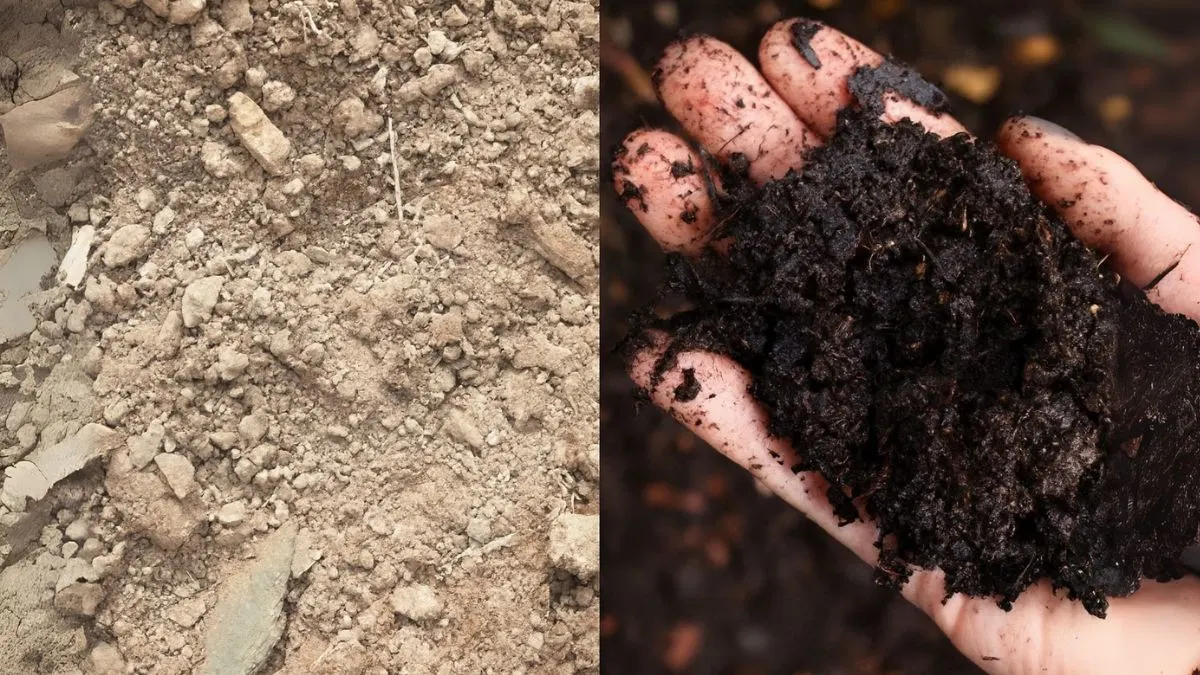There’s nothing like stepping onto a soft, vibrant green lawn. Whether you’re in Canada, the USA, or anywhere else in the world, a thriving lawn starts with proper grass seeding. It’s not just about throwing down seeds—it’s about knowing when, how, and how much to seed.
Over the years, I’ve learned that the right timing and preparation can make the difference between a patchy yard and a magazine-worthy lawn.
When is the Best Grass Seeding Time?
Timing is everything. Spring and autumn are the best times to sow a new lawn from seed because temperatures are mild, and the soil retains moisture better. In these seasons, seeds germinate faster and grass develops strong roots before extreme weather hits.
If you live in cooler regions, early spring gives seeds a head start before summer heat. For warmer climates, early autumn is ideal, letting the grass establish before winter.

How to Plant Grass Seeds the Right Way
- Step 1: Prepare Your Soil
Before you even open a seed bag, you need to prep. Putting seed down on damp soil encourages speedy germination, so water the area lightly before seeding. Remove weeds, loosen compacted soil, and rake to create a smooth surface. - Step 2: Seed Evenly
Whether you choose traditional broadcasting, spray grass seeding, or a spreader, even coverage is key. If you’re reseeding over an existing lawn, mow short and loosen the top layer before sowing. - Step 3: Follow the Right Seeding Rates
For example, the suggested seeding rate for rye grass is 5–6 KGs per 1000 square feet. Over-seeding wastes seed and can lead to weak growth; under-seeding creates patchy areas.
Essential Grass Seeding Tips for Success
- Keep the soil moist at all times until the grass is well-established.
- You must keep newly seeded lawns moist with light, frequent watering instead of deep, infrequent soaks.
- Avoid heavy foot traffic until the lawn is fully grown.
- Use a starter fertilizer to boost germination.
Also Read: Why Cutting Grass Too Short Is Ruining Your Lawn
Choosing the Right Grass Type
Different regions and preferences call for different grass species.
- Kentucky Bluegrass Seeding
Popular in Canada and northern USA, Kentucky Bluegrass thrives in cooler climates. It spreads quickly, forming a dense, luxurious turf. - Centipede Grass Seeding
Ideal for warmer, sandy soils in the southern USA, Centipede grass is low-maintenance, slow-growing, and naturally weed-resistant.
Special Seeding Scenarios
- Planting Grass Seed on an Existing Lawn
If your lawn looks tired, overseeding can rejuvenate it. Mow low, rake up debris, and seed directly over the lawn. Keep watering consistently. - Seeding on Hard Dirt
When the ground is compacted, aerate first. This allows seeds to settle into the soil instead of washing away. - Hydroseeding
This method mixes seed, fertilizer, mulch, and water into a slurry, sprayed onto the lawn. It’s excellent for large areas and erosion control.
Grass Seeding Comparison
| Method | Best For | Cost | Speed of Results |
| Traditional Seeding | Small–Medium Lawns | Low | Moderate |
| Spray Grass Seeding | Medium–Large Lawns | Medium | Fast |
| Hydroseeding | Large Slopes, Erosion Areas | High | Very Fast |
Also Read: 8 Fall Garden Tasks You Can’t Ignore
My Lawn Makeover
Last autumn, I tried grass seeding in my backyard using a mix of Kentucky Bluegrass and rye. I followed the rule to aim to seed early in the season and kept the soil constantly damp. Within two weeks, tiny green blades peeked through, and by spring, I had a lush carpet underfoot.
The biggest lesson? Putting seed down on damp soil encourages speedy germination, but neglecting moisture—even for a day—can delay growth.
A beautiful lawn isn’t just luck—it’s the result of good planning and proper grass seeding techniques. Remember: Spring and autumn are the best times to sow a new lawn from seed, keep the soil moist at all times, and choose the right grass for your region.
If you’re ready to turn your yard into a green masterpiece, grab your seeds, prep your soil, and start planting today.



